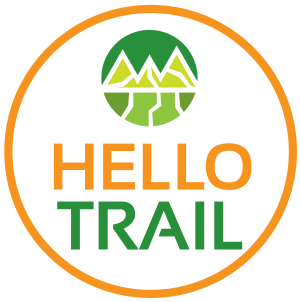You take to the trail in search of a break from the hustle and bustle of city life. Eventually, you may come across other hikers who are doing the same thing as you – taking in the spectacular views and enjoying the peace and quiet.
The question of etiquette then arises – who has the right of way? The last thing anyone wants is to be caught up in an uncomfortable traffic jam or a dangerous situation.
You can easily avoid this with a bit of understanding of trail etiquette, rules that the ‘most’ experienced should understand but beginner hikers might not be familiar with.
In this article, we’ll learn basic hiking etiquette so that everyone can enjoy the trail – and perhaps make friends with fellow hikers along the way.
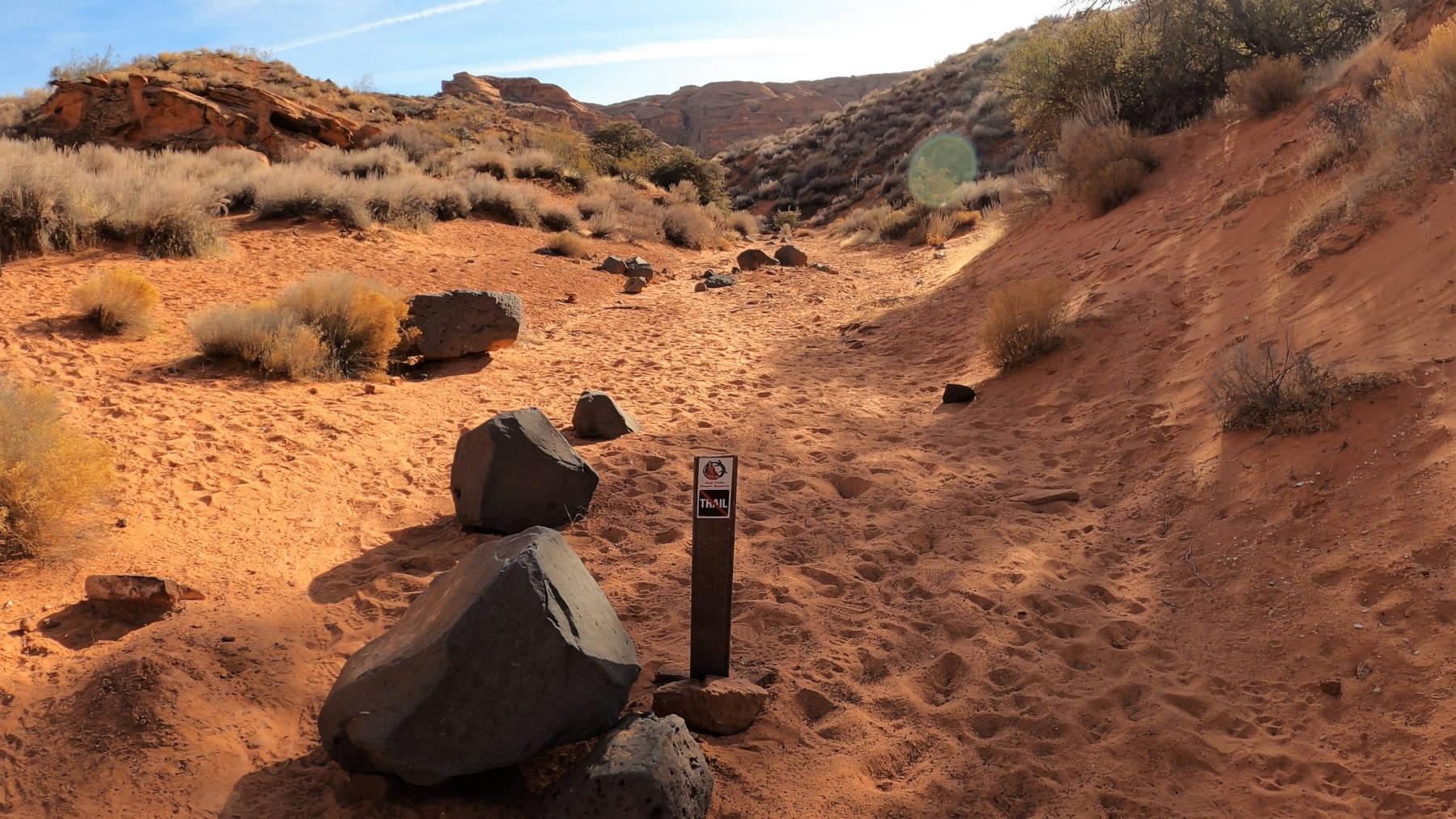
When Hiking Who Has the Right of Way
Many trails are designed exclusively for these three separate purposes, but there is a fair share that allow for all three modes of transportation. Understanding trail hierarchy and who has the right of way is key to happy parties all around.
Horses vs Hikers and Bikers
Have you ever been in the direct path of a spooked horse? Well, you probably don’t want to – you’re likely to be run over, and we do not want that to happen! Horses are prey animals, which means they are on constant alert for predators in their surroundings.
These large animals are unpredictable, the least maneuverable, and dangerous to hikers, so it makes sense to give them the right of way. When you’re on a trail and horses pass, get off the path on the downhill side (unless there is a drop-off).
Standing uphill might give the impression that you are a larger predator and could cause them to get scared.
In addition, when horses spook, they tend to do so in the uphill direction. For your safety and theirs, give them a wide berth, avoid making loud noises and jerky movements, and if a situation seems tense, talk calmly to the horse’s rider as they pass.
If you’re out trail running and approaching horses from behind, slow to a walk a reasonable distance back, talk calmly as you’re approaching, and give the horses plenty of space. Don’t begin running again until you’re a good distance up ahead.
Hikers vs Bikers
The lines are a bit more blurred between hikers and bikers, but bikers are generally supposed to give way to hikers, as they are considered more maneuverable. Many hikers often yield to bikers because they are the faster-moving party; however, this should not be expected.
As a hiker, it’s crucial to stay aware of your surroundings on the trail. Conscientious bikers will call out and alert possible hikers as they come down slopes or switchbacks, but the best way to avoid a collision is for both parties to exercise awareness.
Although some hikers and trail runners enjoy listening to music through their headphones out on the trail, this is one reason why wearing headphones is not recommended.
Hiker vs Hiker
The most important rule to remember? Hikers going uphill have the right of way. They are working the hardest; therefore, it is only courteous to yield to them. Think about this the next time you’re huffing and puffing up a steep incline…
Would you want to interrupt your rhythm and step off the trail to let downhill hikers pass? I didn’t think so!
On occasion, the uphill hiker might take this opportunity to rest and pull off the trail on their own, but it’s their decision. Hiking uphill requires more energy than descending, so give way unless the uphill hiker waves you ahead. The golden rule? Stay to the right, pass to the left.
When passing from behind, make noise to alert the hiker in front of you. A simple ‘hello’ will do – and likely, the hiker in front of you will slow and let you pass. When passing, it’s essential to remain on the trail to reduce trail erosion. If you’re hiking in a group, stay in a single file line for this exact reason.
A group typically has the right of way over a single hiker – once alerted to their presence, they should yield and let the group pass. Above all else, use common sense and treat others with respect.
If given the opportunity, stop for a moment and chat with your fellow hiker. Doing so will enable you to find out about upcoming trail conditions or water sources, take note of each other’s presence in case you hear about an accident later on, and encourage the positive benefits of hiking in nature. Who knows, you might even make a friend or future hiking companion.
What are Stacked Rocks on a Trail?
Those rock stacks are technically called cairns, defined as a mound of rough stones built as landmarks. They have been used to mark hiking trails for hundreds of years.
While there are varying opinions on their presence and use in the wilderness, for the most part, they serve as helpful trail markers and it’s best to leave them be.
Don’t go around toppling cairns – they are likely there for a reason. Although some people disagree with the ethics of building cairns and point out their degradation to animal habitats such as lizards and other creatures that live under the flat rocks used to build them, the bottom line is that they’re already in place – leave them be.
Don’t add rocks to make cairns taller or set off on a quest to build your own. I’ve experienced many situations where a cairn has saved a hiker from being stranded out in the wilderness at night or found their way after being caught out in a snowstorm with limited trail visibility.
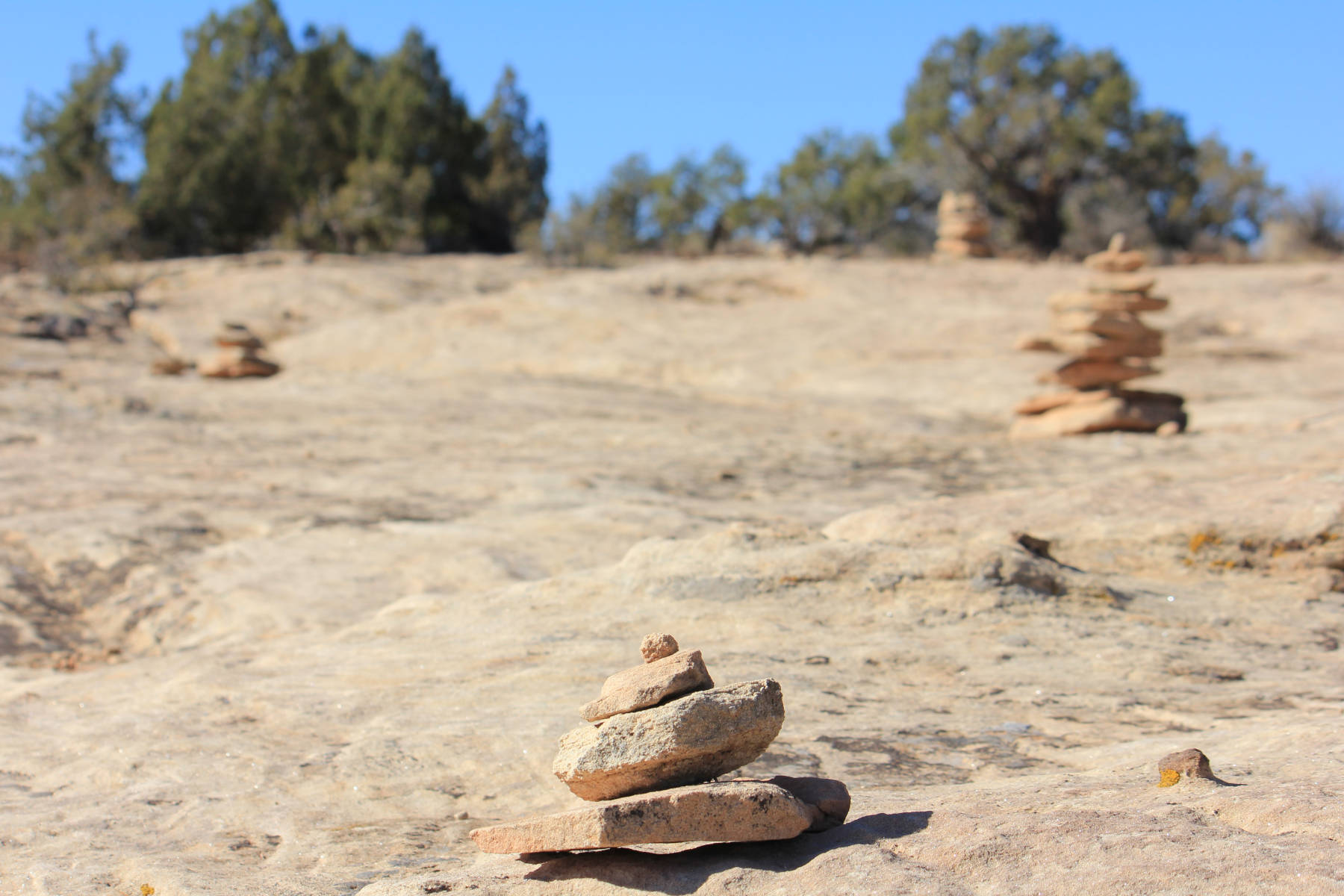
In alpine environments where trails might be hard to see, cairns serve as better markers and less harmful to the environment than man-made signage.
Leave No Trace
We could dedicate an entire article to the seven principles of Leave No Trace, but to keep it simple… Remember the hiker’s mantra: take only photos, leave only footprints.

If you’re not familiar with them, the Leave No Trace Center for Outdoor Ethics has you covered.
Let’s review a few leave no trace principles to always practice when in nature:
- Plan Ahead and Prepare. Research the area you are planning to visit, like regulations, weather, terrain, etc. Know your skill level, set manageable expectations, and have safety gear to help in emergencies.
- Don’t litter – pack out what you pack in. Disposing of waste properly includes your banana peels and nut casings. Although technically biodegradable, these items could be harmful if consumed by wildlife. They also take a while to biodegrade – and in the meantime, make for eyesores.
- Leave what you find behind. Hikers shouldn’t come home with souvenirs – only photographs and memories.
- Stay on the trail at all times to avoid erosion. Don’t cut switchbacks – a lot of labor goes into trail construction and maintenance, so walk the extra hundred yards to keep on the trail. If you’re tired enough to consider cutting switchbacks, take a break. Want to know how much work goes into trail development? Volunteer for a trail maintenance day.
- Never feed wildlife. While most wild animals are shy and tend to avoid hikers, there are the curious few that might approach you. Observe them from a distance and never feed them. This may disrupt their natural foraging habits and make them more likely to approach the next group of hikers.
- Walk 200 feet (about forty adult paces) from a trail, campsite, or body of water before digging a hole to deposit human waste. Be sure to cover your hole thoroughly. In fragile alpine environments and rocky terrain where digging a hole is impossible or advisable, be prepared to pack out your waste. Outdoor retailers sell waste deposit bags strictly designed for this purpose. Be prepared – human waste can be harmful to a fragile environment and is certainly not something any hiker wants to cross paths with accidentally.
Can I Bring My Dog Hiking?
The short answer is YES! Hiking with your pet can be extremely rewarding for both parties. But you’re also bringing a non-native animal into a wild environment and possibly in contact with other hikers, so you need to be respectful.
Keep your dog on a leash and under control at all times – even if a sign isn’t posted.
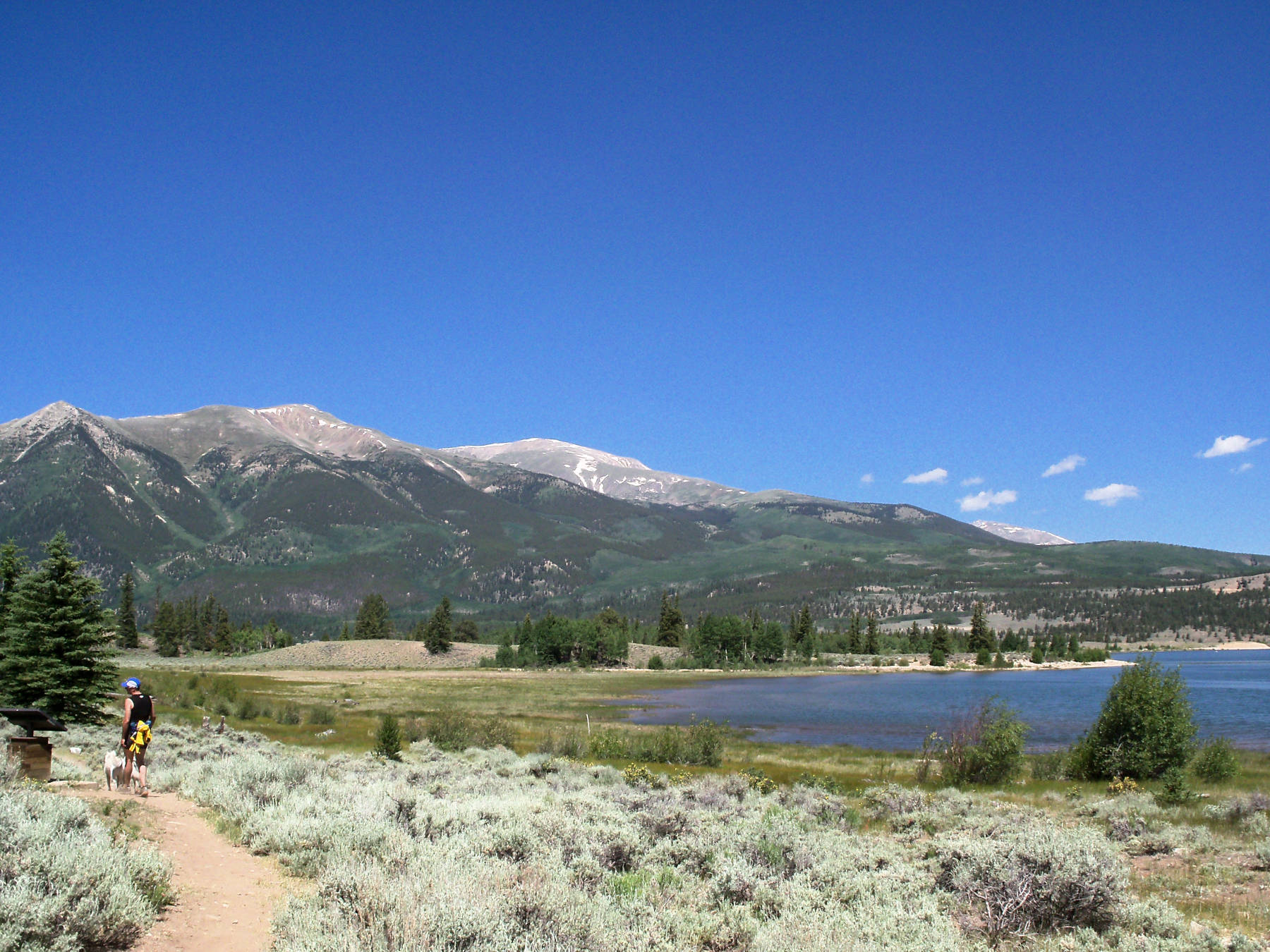
This is a courtesy to other parties, which could include horses and bikers and a safety measure for your pet. Pack out all pet waste. If you’re hiking with your pet, you’re responsible for carrying out their poop, so be prepared and pack doggie bags!
There’s nothing more disgusting than stepping on a pile of dog poo in the middle of the trail. If you’re unwilling to clean up after your dog, leave them at home.
When approached by horses, give them enough space. Horses are naturally prone to spooking at predators, including dogs, so be aware. If your dog is not well behaved, aggressive towards people, or has a tendency to bark incessantly, they’re probably not the best trail companion.
Take your pup to some training classes and work on their behavior before bringing them out on a trail. A barking dog can ruin the peaceful natural environment.
Also, be aware that some people are scared of dogs – no matter how adorable you might think Fido is, others might not feel the same.
Don’t assume every passing hiker wants to pet your dog. Wait for them to ask first – especially if children are present.
Remember to check trailhead signage before beginning your hike. There can be important information like recent wildlife sightings or signs stating that no dogs are allowed.
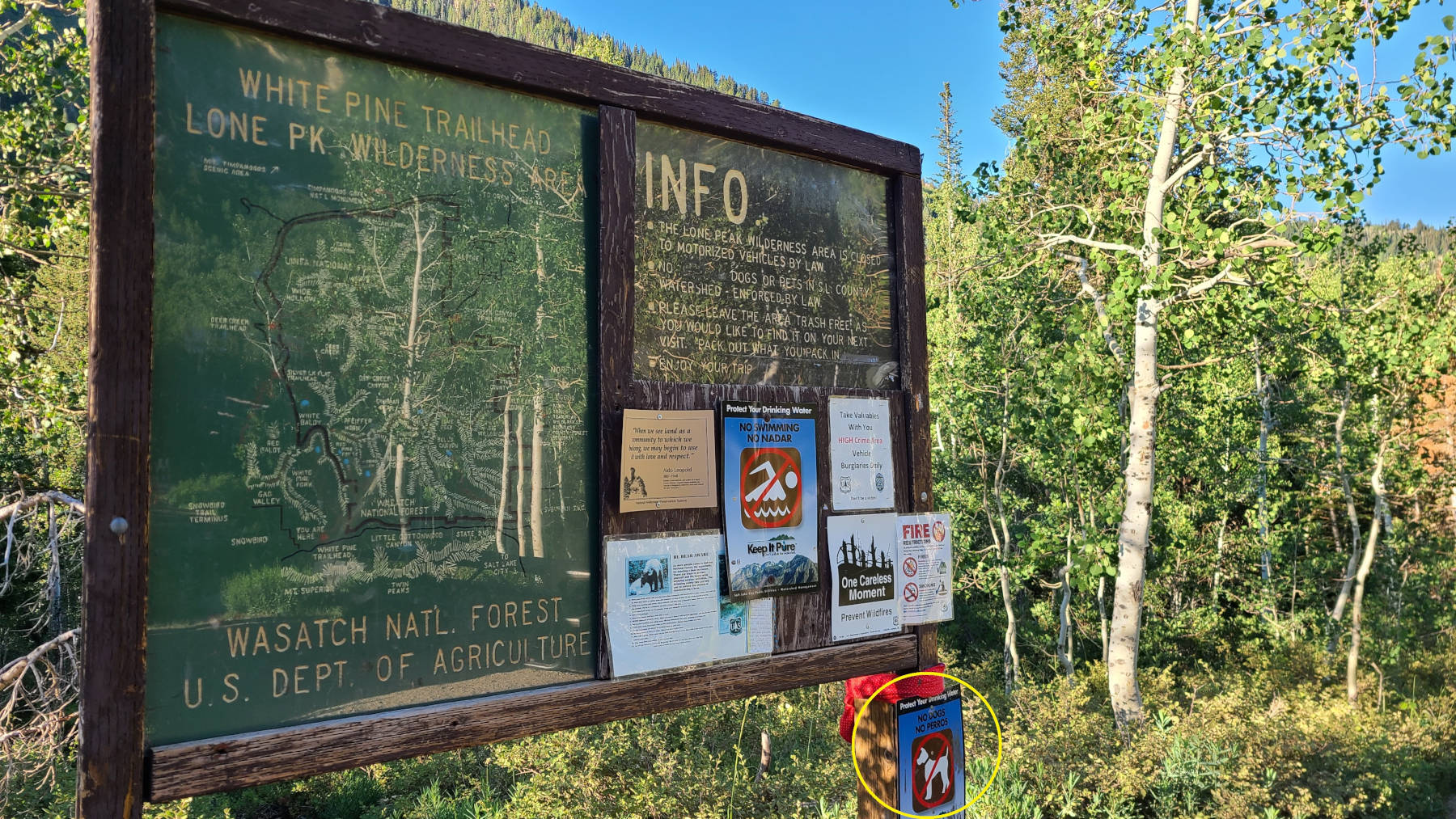
Do Technology and Nature Go Together?
Technology is an ever-growing part of our society and this includes out on the trail. Most people seek out the peaceful surroundings of nature to escape the noisy bustle technology creates in urban life.
No one wants to hear you blasting music from your low-quality phone speaker.
The same goes for a loud phone conversation. If you have to take a call, keep your voice down and make it short. This applies in all situations – except, of course, in case of a real emergency. But unless it’s an emergency, it’s best to leave your phone tucked away in your pack.
The other exception is when you’re taking a photograph or video, which of course, some of the most beautiful hikes in Colorado will have you snapping photos constantly!
In this case, check your surroundings before you take out your phone or camera and let anyone pass that might be behind you.
Taking a photograph is one of the best ways to preserve your memory on the trail, but be courteous of others around you.
Want a photo taken of you or you and your companions against a scenic backdrop? Politely ask another hiker and be sure to offer to return the favor.
Congrats! You Passed Hiking Trail Etiquette
Hiking is one of the most rewarding outdoor pastimes.
But just like any other sport or activity, there are unwritten rules you need to follow.
Similar to when you’re driving down the road, you don’t want to be the person that accidentally cuts someone else off because you were distracted, resulting in an unwelcome confrontation.
Be aware of your surroundings and treat others like you would want to be treated.

Offer a helping hand when needed, and if you weren’t familiar with hiking etiquette, this article should provide you with the insight you need to become a trail veteran in no time!
